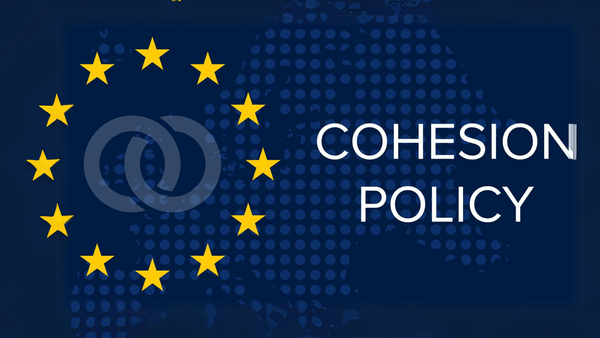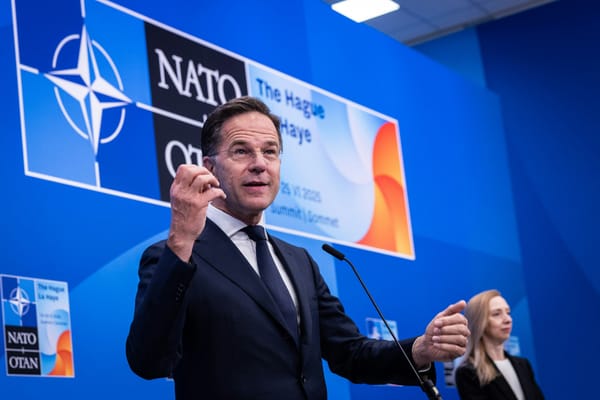
Estonia top CEE country on EU's digital progress tracker
Estonia is top in Central and Eastern Europe (CEE) and seventh in the EU as a whole in the new European Commission (EC) Digital Economy and Society Index (DESI) rankings for 2022. The Baltic country, often nicknamed e-Estonia, was also placed first in the EU for its digital public services.
“Estonia is a global leader in the digitalisation of public services and continues to invest heavily in this area,” the EC wrote. “The country can serve as an example to other member states for the Digital Decade in that respect. Both the public and businesses are used to carrying out administrative tasks online which are user-centred and very accessible,” it added.
Austria came 10th in the DESI rankings, Slovenia 11th, and Lithuania 14th, just above the EU average. Latvia was 17th in the 27-member bloc, Czechia 19th, and Croatia 21st. In the lower band for CEE were Hungary (22nd), Slovakia (23rd) Poland (24th), with the bottom two countries in the EU Bulgaria (26th) and Romania (27th).
The EC found that Romania “is lagging behind for several indicators in the human capital dimension, with a very low level of basic digital skills compared to the EU average, but maintaining its high rankings in the proportion of female ICT specialists in employment (ranking 2nd) and ICT graduates (4th).”
It added that “the low level of digitalisation and the relatively slow progress is preventing the Romanian economy from taking full advantage of the opportunities offered by digital technologies. This is further aggravated by the very low level of digital public services for both citizens and businesses.”
The DESI indicators are structured around the four cardinal points of the 2030 Digital Compass: human capital, connectivity, integration of digital technology and digital public services. The EC said overall progress had been made “but digital skills, SMEs and 5G networks lag behind”. Finland, Denmark, the Netherlands and Sweden remain the EU frontrunners, the EC added.
Since the outbreak of the COVID:19 pandemic, the EU Recovery and Resilience Facility (RRF) has allocated around EUR 127bn for digital reforms and investments.
On release of the data for 2022, the EC wrote that EU member states have been advancing in their digitalisation efforts, but are still struggling to close the gaps in digital skills, the digital transformation of SMEs, and the roll-out of 5G networks.
“While most of the member states are making progress in their digital transformation, the adoption of key digital technologies by businesses, such as Artificial Intelligence (AI) and Big Data remains low.
“Efforts need to be stepped up to ensure the full deployment of connectivity infrastructure (notably 5G) that is required for highly innovative services and applications. Digital skills is another important area where Member States need to make bigger progress,” the EC wrote.
Commissioner for the Internal Market Thierry Breton said “DESI shows where we need to further strengthen our work, for example in spurring digitisation of our industry, including SMEs. We need to step up the efforts to make sure that every SME, business, and industry in the EU have the best digital solutions available to them and have access to a world-class digital connectivity infrastructure.”
There is an overall positive convergence trend: the EU continues to improve its level of digitalisation. Poland has substantially improved its DESI scores over the past five years, implementing sustained investments with a reinforced political focus on digital, the EC added.
The EC singled out Estonia and Poland as exceptions regarding completion of spectrum assignment, an important precondition for the commercial launch of 5G. Only 56% of the total 5G harmonised spectrum has been assigned in the vast majority of member states.
Member states that chose to invest more than 30% of their RRF allocation to digital included CEE countries Austria and Lithuania, as well as Germany, Luxembourg and Ireland.
The EU’s Path to the Digital Decade, to ensure the EU-27 achieve Digital Decade targets, objectives and principles, was presented in September 2021 and is expected to come into force by the end of the year.
“The digital transition is accelerating,” Executive Vice-President for a Europe Fit for the Digital Age Margrethe Vestager said. “Most member states are progressing in building resilient digital societies and economies. We need to make the most of the investments and reforms necessary to meet the Digital Decade targets in 2030. So change must happen already now.”





